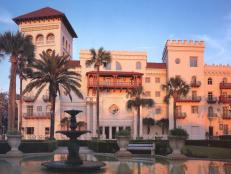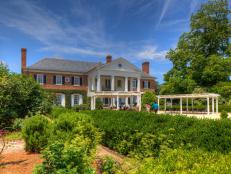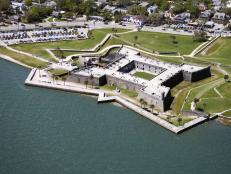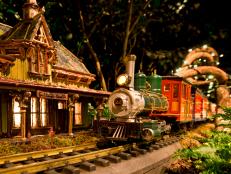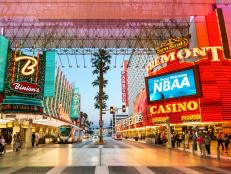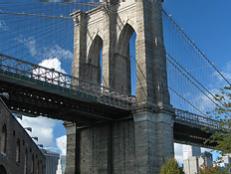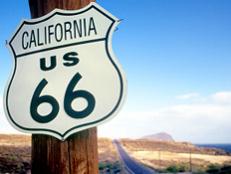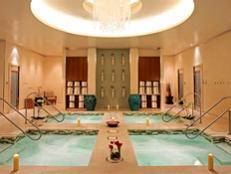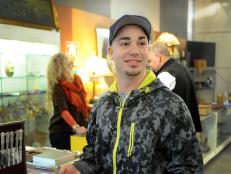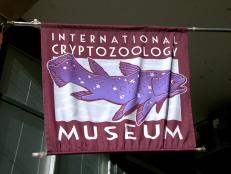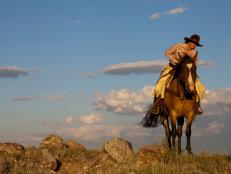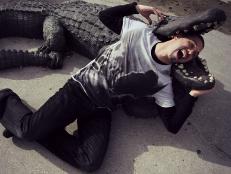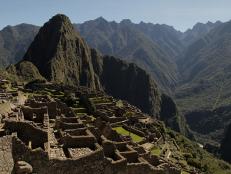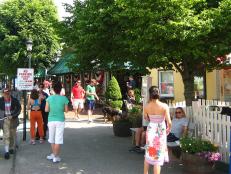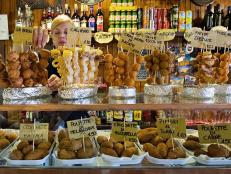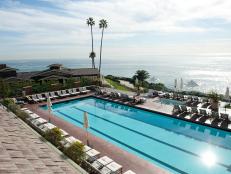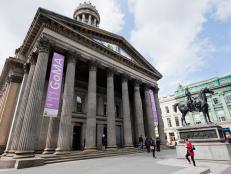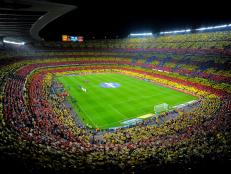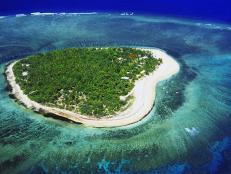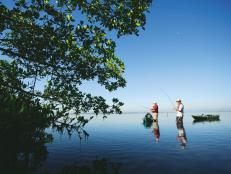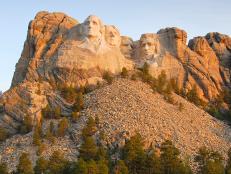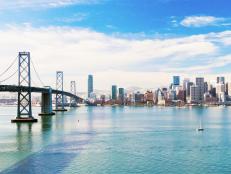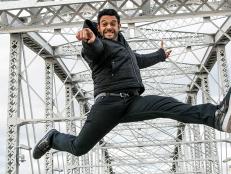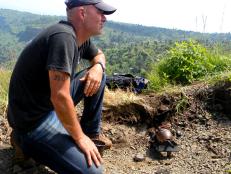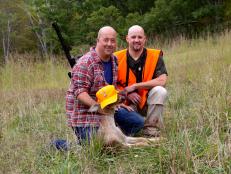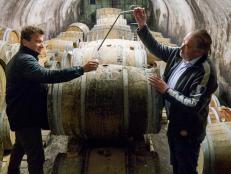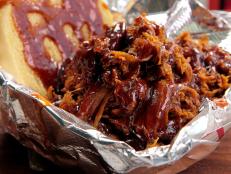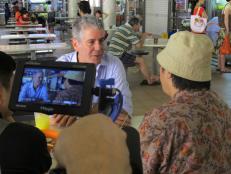Texas's Best Historic Sites

From the hallowed walls of the Alamo to the landmark spot from where President John F. Kennedy was fatally shot, Texas packs a wallop for history buffs. Visitors can get a taste of what life was like throughout the state's history, witnessing recreations of its former Christian missions as well as imagining the battle in San Jacinto that won Texas independence from Mexico. You might not want to "mess with Texas," but you will want to explore its past. Here are our picks for Texas's best historic sites.
1. The Alamo
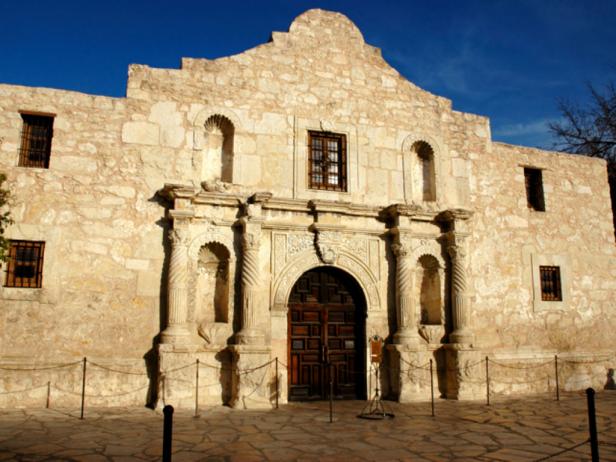
Thinkstock
Get thee to one of America's -- and certainly, Texas's -- most famous battle sites. It's time to "Remember the Alamo!" at the Spanish Colonial-style fort (originally home to missionaries) where in an epic 13-day siege during the Texas Revolution in 1836, Mexican troops defeated a dedicated group of 189 Texas volunteer soldiers fighting for autonomy from Mexico.
Visitors to the historic site can pay homage to the men who fought the battle, including famous defenders such as Davy Crockett and Jim Bowie, in exhibits that detail the fort's role during the war as well as its past as the Mission San Antonio de Valero, and a Native American burial ground.
Many of the complex's original buildings are gone, though it's possible to visit the Long Barrack, which now houses a museum detailing Texas history, and the mission church where visitors will find displays of battle artifacts like paintings and weapons. The Daughters of the Republic of Texas have helped preserve the Alamo since 1905, and admission to the site and museum are free.
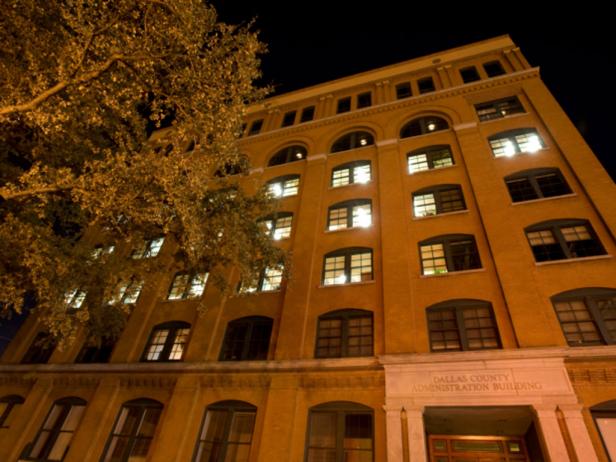
Thinkstock
The site from where an assassin shot dead President John F. Kennedy in 1963 as his motorcade drove past has become the Sixth Floor Museum at Dealey Plaza, dedicated to preserving the history of that tragic day in America's history. The Warren Commission ultimately ruled that Lee Harvey Oswald, acting alone, fired at least 3 bullets from a 6th-floor window at what was then a warehouse named the Texas School Book Depository.
Today the museum has encased in Plexiglas the spot from where Oswald fired his shots, and details the fateful day and the week that followed in a series of exhibits that includes more than 400 photos and documentary film footage. Additional exhibits also display the legacy of the Kennedy presidency. Below the museum lies Dealey Plaza, where Kennedy's motorcade was driving when he was shot. Visitors can see a red "X" on the street at the exact spot of the shooting.
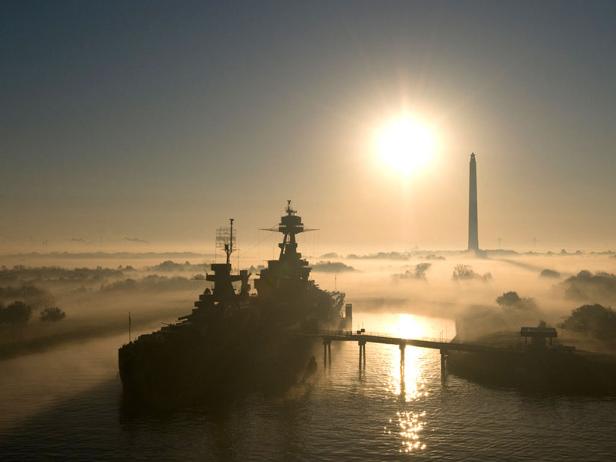
Louis Vest, flickr
Not only do visitors to the 1,200-acre San Jacinto Battleground State Historic Site get to visit the battleground where during the Battle of San Jacinto in the Texas Revolution in 1836, Texas gained its independence from Mexico, they also can see a monument dedicated to the battle and visit the USS Texas, a warship built in 1914. Walk the battleground and seek out the granite markers noting the locations of Texian and Mexican camps, as well as points of advance by the Texian army, and other key battle moments.
At the monument, which was built to emulate the Washington Monument but with the star of Texas at its top, visitors can take an elevator to an observation floor, 489 feet high, with views of the surrounding grounds and city of Houston. The monument also houses a museum with dioramas, documents and books detailing early Texas history.
Finally, visit the USS Texas. Built in 1914, it's now possible to take a self-guided tour through the ship, visiting the engine room and sleeping quarters, and seeing its guns and anchors. Try to visit the historic site during the annual San Jacinto Day, held every April, during which Battle of San Jacinto reenactments take place as well as living history reenactments.
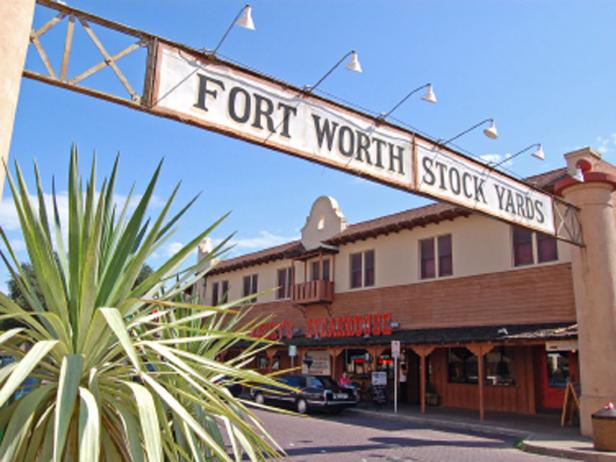
iStock
Fort Worth was once the safe haven for 19th-century cattle drivers, a stop where they could get rest and supplies. More than 4 million cattle were herded through Fort Worth, earning it the name "Cowtown."
Today, things are more than a little bit country at the Fort Worth Stockyards National Historic District, a 98-acre historic district in Fort Worth, where you can see the Fort Worth Stockyards, one of the only remaining stockyards in the United States, witness a cattle drive (though today, these are done purely for entertainment), tour the world's first indoor rodeo arena, the Cowtown Coliseum, explore the Livestock Exchange Building, visit the Stockyards Museum (which details the history of Fort Worth and the important role of livestock in Texas), and even grab a beer at the White Elephant Saloon, the oldest bar in Fort Worth.
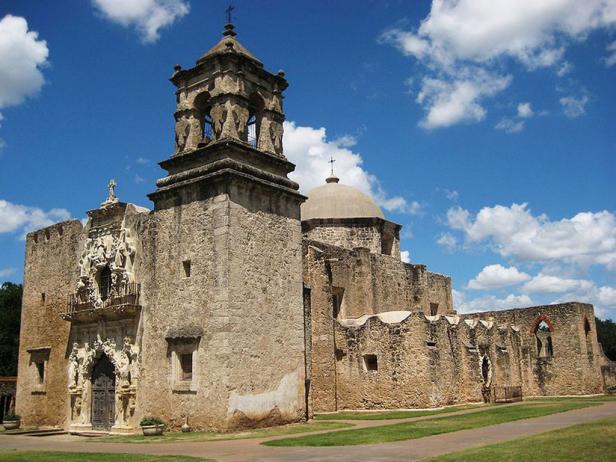
Travis Witt, Wikimedia Commons
The land that now composes the state of Texas was once fertile ground for Christian missionaries hoping to convert Native Americans living in the region, and a number of original missions, in addition to the famed Alamo, still exist. San Antonio Missions National Park has preserved 4 of these missions: Mission Concepcion, Mission San Jose, Mission San Juan, and Mission Espada.
Each mission served as a small village of sorts, centered around a church, with additional buildings serving as living quarters and storage units, as well as granaries and mills. These entire compounds would be enclosed by high walls, creating a fort-like structure, for protection from any potential invading Indian tribes. Each of the 4 missions within the park is located approximately 3 miles apart; in total, they take about 3 hours to visit.
